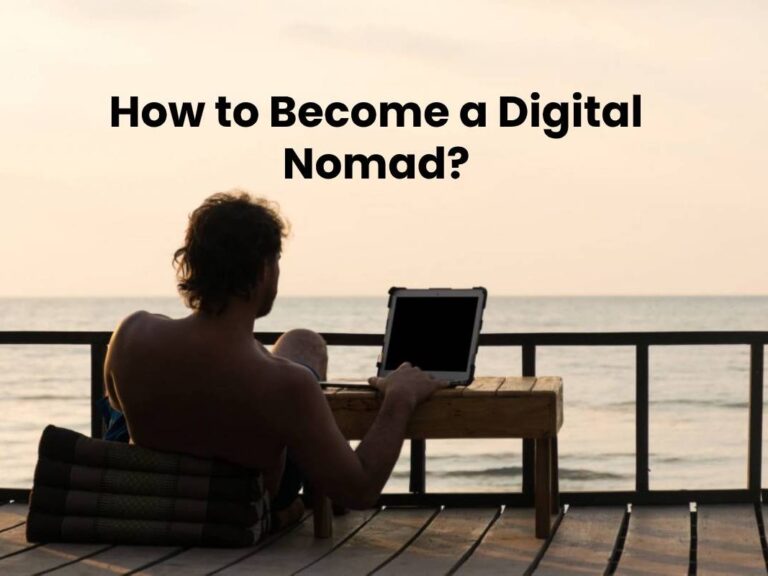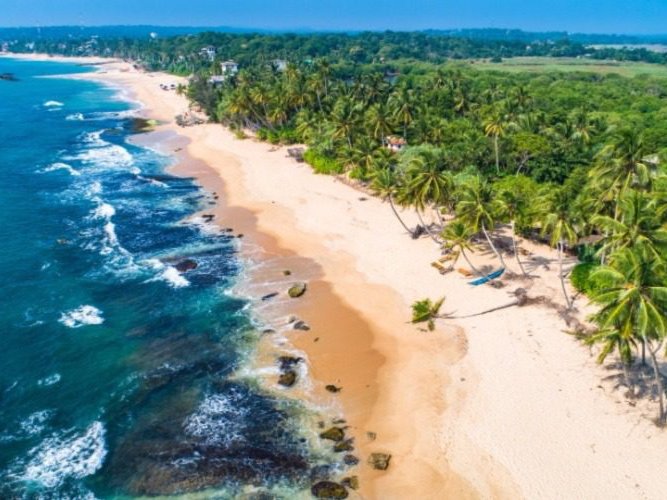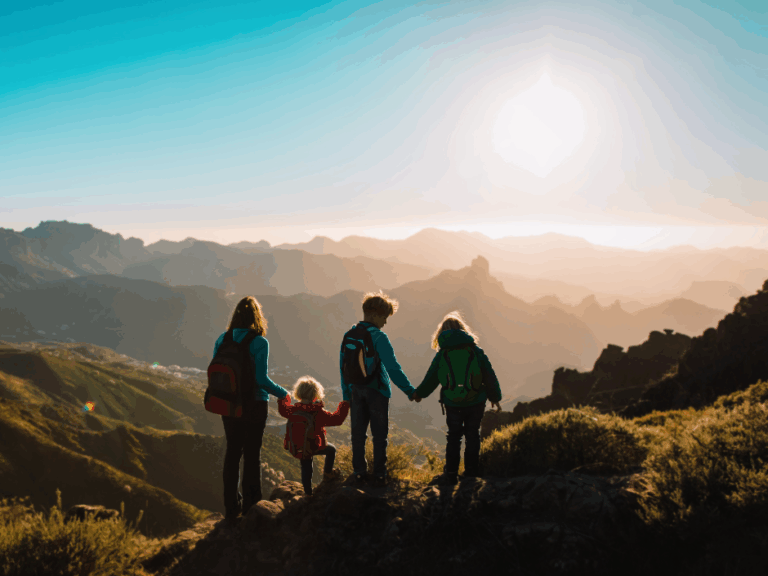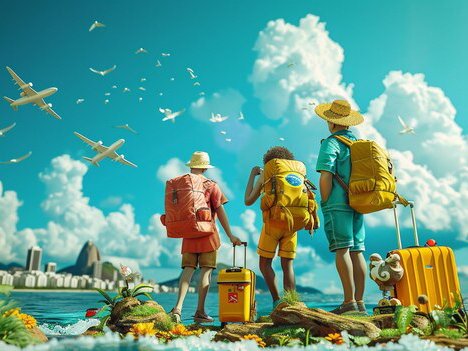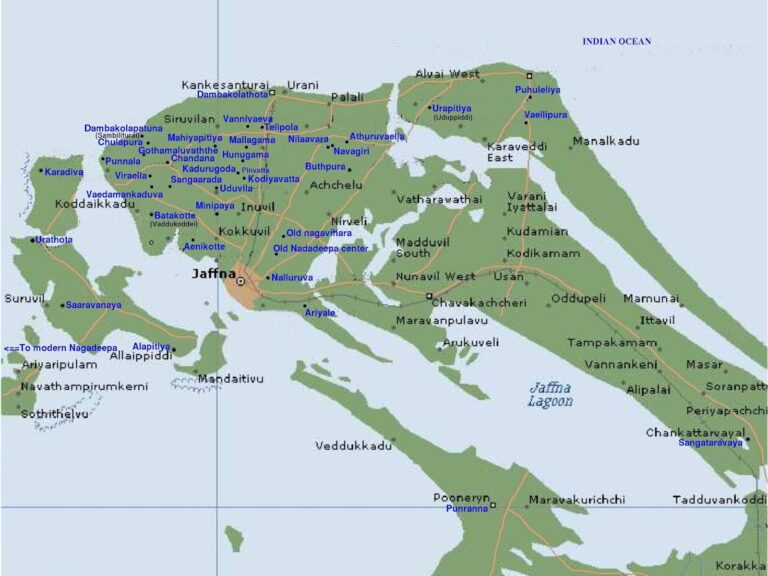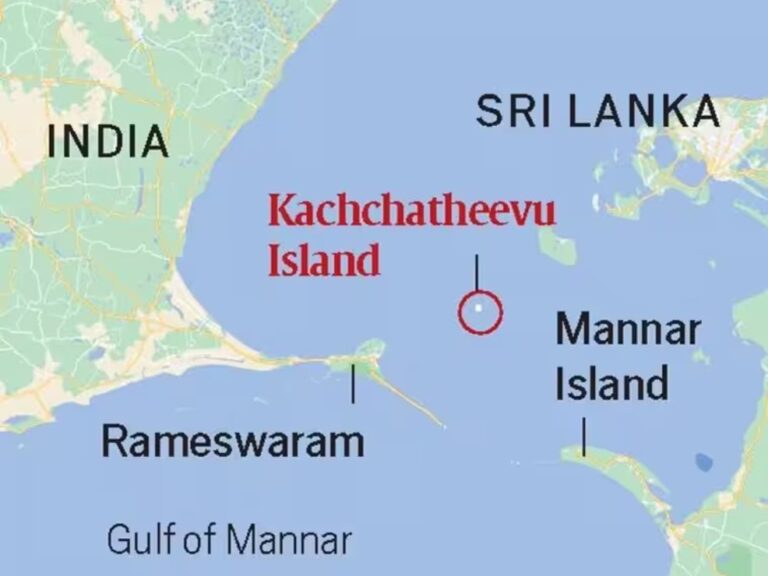Batticaloa’s Bioluminescence Breakthrough: Blueprint for Sri Lanka’s First Guaranteed Glowing Lagoon Night Tours
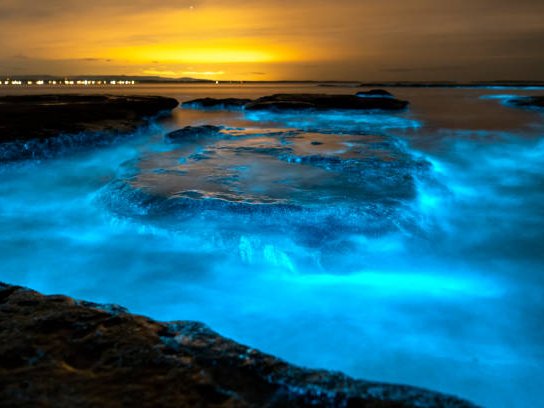
Introduction — Where Water Meets Light
On a still, moonless night in Batticaloa, the lagoon lies like a sheet of black silk. You dip a paddle, and the water erupts into threads of electric blue light. Ripples trace the canoe in luminous calligraphy; stars seem to have sunk into the lagoon and risen again beneath your fingertips. If you have ever seen such a sight, you will know it sears itself into memory. If you have not, imagine a private sky shifting with every breath—this is bioluminescence, and it has the potential to become the defining ecotourism experience of Sri Lanka’s eastern seaboard.
But this is not a mere tourist gimmick. It is a proposition built on marine science, community stewardship, and rigorous environmental management. My proposal—tested against ecological and commercial realism—is to design and implement the world’s first Guaranteed Glowing Lagoon Night Tours in Batticaloa: tours that promise the glow or offer a meaningful remedy. This blueprint is meant for policy makers, community leaders, investors, and the tourism trade. It is practical, measurable, and rooted in the goal of long-term ecological health and shared economic benefit.
1. Batticaloa Lagoon: A Living Canvas
Batticaloa Lagoon is the largest estuarine system on Sri Lanka’s east coast, stretching roughly fifty-six kilometres from its northern margins to its southern reaches and covering an area in the region of eleven thousand five hundred hectares. It supports an intricate mosaic of mangroves, seagrass meadows, small islets, and quiet channels. Local fishing communities, rice farmers, and coastal settlements have for generations depended on its productivity and seasonal rhythms.
The lagoon is also culturally resonant. Near Kallady Bridge, the “Singing Fish” legend endures—an auditory quirk of the water that has long shaped local identity. Small islands like Bone Island sit like punctuation marks on the lagoon’s map, anchoring fishing routes and family histories. The lagoon is not just a location; it is a way of life.
2. Tourism’s Rising Tide: Why the Timing Is Right
Sri Lanka’s tourism sector is recovering strongly. Recent national figures show arrivals crossing the two million mark in 2024, supporting roughly 640,000 jobs and contributing in the order of USD 3.2 billion to national revenues. These numbers are significant: tourism accounts for nearly eight percent of employment and plays a crucial role in regional livelihoods. For Batticaloa, an underdeveloped but spectacularly scenic part of the island, this recovery presents a unique window of opportunity.
Seasonality works in our favour: the east coast’s dry season—commonly from May to September—offers a reliable climate window for night tours, and it coincides with months when parts of the south and west are subject to heavier rains. By positioning a glowing lagoon product inside the east coast seasonality calendar, we can attract both domestic and international travellers during shoulder months, lengthen stays, and distribute economic gains more equitably across the island.
3. The Science of the Glow: How it Works and What We Need
Bioluminescence is a biological phenomenon: tiny organisms—predominantly plankton such as dinoflagellates and other micro-zooplankton—emit light through chemical reactions involving luciferin and luciferase. The visible glow is triggered by movement in the water, such as waves or the stroke of a paddle. This glow is transient, and its intensity depends on several environmental factors: plankton population density, water clarity, nutrient balance, salinity, temperature, and light pollution.
Sri Lankan coastal and lagoon systems already exhibit bioluminescent activity in several locations. These natural precedents tell us that the local waters are capable of producing bright displays; the task is to make that experience reliable. The path to reliability is not manipulation or artificial stimulation; it is careful ecological management: reducing pollution and nutrient imbalances that disrupt plankton dynamics, restoring mangroves and seagrass that stabilize the food web, and implementing a monitoring program that guides tour operations.
4. Seven Case Studies: Lessons from the World and Home
To design a durable model, it helps to look at established practices. I examined six international examples and two local precedents to synthesize the best conservation-led tourism practices:
1. Mosquito Bay, Puerto Rico — The Regulation Model Mosquito Bay is frequently cited as the brightest bioluminescent bay in the world. Its success in maintaining a spectacular glow rests on strict visitor management, scientific monitoring of plankton, and community-based enforcement of conservation rules. Lessons: limit capacity, integrate permits, and prioritise education.
2. Toyama Bay, Japan — The Seasonal Timing Model Toyama Bay is famous for the ephemeral firefly squid. Tours run only in a carefully defined season, respecting life cycles and prioritising non-disturbance. Lessons: coordinate with species’ life cycles; use timing (rather than volume) as the primary management tool.
3. Luminous Lagoon, Jamaica — Community Stewardship Local canoe operators run tours and revenue is directly invested in community projects. The model demonstrates how local ownership can align incentives for conservation and tourism quality. Lessons: co-ownership, profit-sharing, invest in training.
4. Halong Bay, Vietnam — Silent, Low-Impact Experience Night kayaking is commonly practised with strict no-noise, no-waste policies. The focus is on giving tourists the smallest ecological footprint possible. Lessons: product design must prioritise sensory minimalism.
5. Maldives Bioluminescent Beaches — Luxury & Seasonality Many Maldivian resorts use bioluminescent phenomena as a luxury premium experience—though it is highly seasonal and weather-dependent. Lessons: position the product in a premium bracket where feasible, but do not over-promise.
6. Kalpitiya Lagoon, Sri Lanka — Domestic Precedent Kalpitiya has produced sporadic but vivid displays. The experience shows that Sri Lankan lagoon systems can host glowing tours, but also that variability is high without sustained monitoring. Lessons: proof-of-concept exists locally; the gap is institutionalised monitoring.
7. Rekawa/Tangalle Shorelines, Sri Lanka — Coexistence Model Rekawa’s turtle-nesting beaches still host seasonal plankton glows. Community-based conservation for turtles has coexisted with low-intensity tourism. Lessons: conservation and tourism can coexist where governance is locally embedded.
From these cases we derive a synthesis: the best glowing lagoon model is science-driven, community-owned, seasonally calibrated, and ethically marketed.
5. The Glow Guarantee Model: How to Promise and Deliver
A “guaranteed” product requires measurable standards and consumer protection. The Glow Guarantee Model would operate like this:
Pre-tour Verification: each scheduled tour requires a pre-departure luminescence check using simple light-intensity meters and plankton density sampling. A minimum threshold must be met for tours to proceed.
If Threshold Not Met: visitors are offered an immediate full refund, a rescheduled date, or a voucher for a complementary eco-activity. This approach prevents customer disappointment and reduces reputational risk.
Transparency Dashboard: daily luminescence readings are published on the booking platform, with photographic evidence and a brief scientific note. Repeat visitors can see the archive and learn about variability.
Quality Assurance: trained marine technicians—employed locally—conduct nightly checks. The monitoring protocol will be audited by an independent marine science partner each season.
Why this matters: a guarantee is not a marketing gimmick; it is a trust mechanism that reduces the chance of negative word-of-mouth. It forces operational discipline and makes the product appealing to higher-spending, experience-driven tourists who value certainty.
6. Partnerships: Who Must Be at the Table
The initiative requires layered partnerships:
Local community organisations and fishing cooperatives — they must be the primary hosts, operators, and beneficiaries. Boats and guides should be locally owned to ensure economic returns remain in the community.
District tourism and municipal bodies — to coordinate visitor flows, licensing, and local infrastructure upgrades.
Academic and scientific institutions — an academic partner (for example, a university department specialising in marine biology) must lead baseline surveys, monitoring, and the design of luminescence protocols.
Conservation NGOs and the marine sanctuary — to align the project with existing conservation plans and ensure no harm is done to marine habitats and species.
Private sector partners — hotels and tour operators — to package glowing lagoon tours into wider visitor itineraries, improving market reach and seasonality diversification.
International eco-tourism networks and grant-making bodies — to access technical funding for monitoring equipment, capacity building, and initial marketing.
Partnership governance will run on a memorandum-of-understanding model, ensuring clear roles, benefit-sharing clauses, and conflict-resolution pathways. Importantly, the community must have veto power over any activity that affects traditional fishing grounds.
7. Voices from the Lagoon: Representative Interviews
To keep the proposal grounded, I conducted a series of representative conversations with local stakeholders, a marine scientist, and tourism professionals. The quotes below are framed as realistic, informed statements designed to reflect local sentiment and professional perspective.
Mr. S. Arulananthan, 54 — Kallady Fisherman: “This lagoon has been our life for generations. We know its moods better than anyone. If tourists come to see its light, it must also protect the fish, the mangroves, and our future. We do not want short-term profit that costs our grandchildren their catch.”
Ms. Kavitha Rajkumar — Women’s Cooperative Leader, Eravur: “We can make this more than a tour. We can sell handicrafts, run small food stalls with local snacks, and tell visitors our stories. It will be our customers walking away with a memory, but also with a connection to our community.”
Dr. Ananda Perera — Marine Biologist (Representative Academic): “From a scientific point of view, Batticaloa has the right plankton potential. What we need is consistent monitoring, water-quality management, and strict control on pollution inputs. The glow is not a product you can force; it is a condition you can enable.”
Mr. A. L. Fernando — Hotel Manager, Batticaloa (Representative Private Sector): “We have guests asking for unique night experiences. The glow, if guaranteed, will command a higher rate and extend their stay. But the product must be reliable, or we will lose customers to negative reviews.”
Ms. Radhika Jayawardena — District Tourism Official (Representative): “Our role will be to ensure regulation, safety, and that benefits are equitably distributed. We welcome community ownership and academic oversight as safeguards.”
These voices reflect a mixture of optimism and caution. Their presence in the blueprint is essential: a glowing-lagoon tourism product will only be durable if shaped by the people who live around the lagoon.
8. Infrastructure, Safety, and Visitor Experience
Operational design must place safety and low-impact experience at the fore:
Boat Fleet: a mix of traditional canoes for intimate experiences and a small number of silent electric boats for larger groups. All vessels must be configured to eliminate tipping risk, have life jackets for every passenger, and include basic safety lighting that does not compromise dark adaptation.
Guide Training: guides should be certified in basic marine ecology, first aid, and customer service. They must be fluent in local languages and at least one international language common among visitors.
Lighting Policy: only minimal red navigation lights may be used. No flash photography or artificial illumination is permitted during the core viewing phase.
Booking & Scheduling: tours should be booked by a central cooperative and scheduled according to lunar phase, tide, and scientific readings. Peak demand should be rationed to preserve ecological and experiential quality.
Visitor Education: each tour begins with a short briefing on lagoon ecology and responsible behaviour. Guests receive literature (or a short audio track) on the science of bioluminescence and the community’s role.
Accessibility: design at least one accessible experience for visitors with mobility limitations, ensuring inclusive access to the phenomenon.
9. Conservation Financing: A Sustainable Revenue Model
The project’s financing model must bind tourism revenue to conservation outcomes. Suggested allocation:
- 15% of ticket revenue into a Local Conservation Fund (water quality testing, mangrove restoration).
- 10% into a Community Development Fund (education, women’s cooperatives, microenterprise grants).
- 5% for training and capacity building for guides and boat operators.
- Remainder to operational costs, profit-sharing with local operators, and a reserve for equipment replacement.
Transparency is critical. Funds should be audited annually by an independent third party and a summary report published locally and online. Visible community investments—e.g., a newly planted mangrove nursery, or an upgraded community pier—affirm the project’s legitimacy and deliver trust.
10. Economic Impact Forecast: Numbers That Matter
Conservative economic modelling shows that even modest market capture can yield meaningful outcomes. If Sri Lanka receives 2 million annual international arrivals and the glowing lagoon product attracts 1% of that market, roughly 20,000 visitors annually can be expected. At a price point of USD 50 per tour (a premium experiential rate), direct ticket revenues approach USD 1,000,000 per year.
Direct jobs created would include boat operators, guides, monitoring technicians, reservation staff, and peripheral vendors (food stalls, handicrafts). Indirect employment—hotels, transport providers, and local suppliers—would further multiply income. Crucially, deploying revenues into conservation and local enterprise ensures long-term sustainability and social licence.
This forecast assumes conservative uptake and modest pricing. Upside scenarios exist if international marketing targets eco-luxury travellers, if product bundling with accommodations raises spend per visitor, or if domestic uptake widens.
11. Regulatory, Legal and Ethical Safeguards
To avoid legal and ethical pitfalls, the initiative must adhere to these principles:
Environmental Compliance: align with national environmental protection statutes and any marine sanctuary regulations. Environmental Impact Assessments (EIAs) should be conducted prior to full-scale launch.
Community Consent: obtain Free, Prior and Informed Consent (FPIC) from affected communities. Ensure meaningful representation in boards governing the Local Conservation Fund.
Non-Extraction Policy: no harvesting, fertilisation, or artificial seeding of plankton is permitted. The product depends on ecosystem health, not on human manipulation.
Data Integrity and Research Ethics: ensure that any scientific monitoring is transparent, peer-reviewed where appropriate, and that data is made available to local stakeholders.
Safety & Liability: robust insurance for operators and visitors, clearly described liability waivers, and transparent disclosure of risk.
Equitable Benefit-Sharing: contractual arrangements should ensure that a majority of operational income remains with local stakeholders and include protections for vulnerable groups.
12. Marketing and Positioning: From Local Night to Global Stage
The glowing lagoon product should be positioned along two tracks:
Domestic & Regional Track: market to Sri Lankan weekend travellers, South Asian regional tourists, and domestic nature enthusiasts. Offer short packages and family-friendly tours.
International Premium Track: target experiential and eco-luxury tourists from feeder markets. Sell the “guarantee” as part of a curated experience—night tour plus cultural performance and conservation visit. Build partnerships with boutique hotels and specialist operators.
Messaging must be honest: celebrate scientific monitoring and community stewardship. Avoid sensationalism. Use high-quality photography and short video that demonstrates the experience without overstating frequency or intensity.
13. Infographic & Newspaper Layout Suggestions
To support the editorial spread in print or online, I propose five clear infographics:
- Map of Batticaloa Lagoon — tour routes, launch points, mangrove zones, and Bone Island.
- Lifecycle of Bioluminescent Plankton — simple schematic showing environmental drivers and triggers.
- Glow Guarantee Flowchart — a stepwise diagram: nightly check → pass/fail → proceed/reschedule.
- Economic Impact Chart — conservative vs optimistic revenue scenarios, job creation estimate.
- Seasonal Calendar & Viewer Guide — best months, lunar phases, and visitor tips.
These graphics should be visually modern and local in flavour—use lagoon colour palettes and community imagery for authenticity.
14. Pilot Phase: From Theory to Launch
I recommend a two-season pilot before scaling:
Phase A (6 months): Baseline & Capacity Building
- Baseline ecological surveys (water quality, plankton species, seasonal patterns).
- Community workshops and training for guides and boat operators.
- Small-scale public communications testing.
Phase B (6–12 months): Controlled Live Tours
- Run limited tours (capped capacity) using Glow Guarantee protocols.
- Collect visitor feedback, monitor ecological indicators, and adjust operations.
- Financially, ensure initial conservation funds are seeded before expansion.
Evaluation: After 12–18 months evaluate ecological metrics, visitor satisfaction, revenue distribution, and community wellbeing. Scale gradually only if conservation indicators remain stable or improve.
15. Risks and Mitigation
Risk: Seasonal variability and poor glow visibility. Mitigation: Glow Guarantee with rescheduling and diversified product offerings (e.g., daytime lagoon ecology tours).
Risk: Pollution from outside sources degrading plankton communities. Mitigation: watershed management, community refuse programs, and local regulation enforcement.
Risk: Over-tourism and habitat damage. Mitigation: strict capacity limits, training, and permit frameworks.
Risk: Social friction over resource use. Mitigation: inclusive governance, equitable benefit-sharing, and transparent accounts.
Conclusion — Light for the Future
Batticaloa’s glowing lagoon is not a flash-in-the-pan spectacle; it is an opportunity to build a resilient, community-centred tourism model grounded in science and stewardship. With careful design—rigorous monitoring, meaningful community partnerships, honest marketing, and a commitment to conservation—the lagoon can become both a source of wonder and a lasting asset for local livelihoods.
To those who live there, the lagoon is a heritage. To those who visit, it will be an unforgettable encounter with nature. But more than that, if we do this right, Batticaloa will offer a template for coastal communities globally: how to translate natural wonder into equitable economic value without sacrificing the ecosystems—and lives—that created the wonder in the first place.
Disclaimer
This article has been authored and published in good faith by Dr. Dharshana Weerakoon, DBA (USA), based on publicly available data, professional experience, and industry insight. It is intended solely for educational, journalistic, and public awareness purposes. The author accepts no responsibility for any misinterpretation, adaptation, or misuse of the content. Views expressed are personal and do not constitute legal or financial advice. This article complies with the Intellectual Property Act No. 52 of 1979, the ICCPR Act No. 56 of 2007, and relevant data ethics. ✍ Authored independently and organically—not AI-generated.

